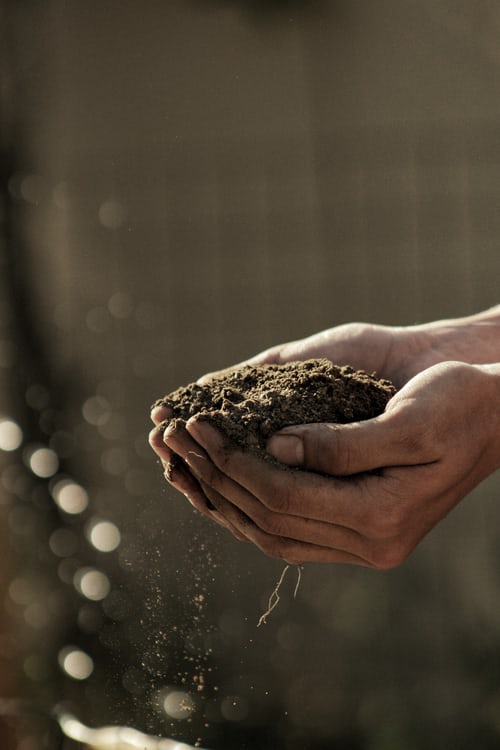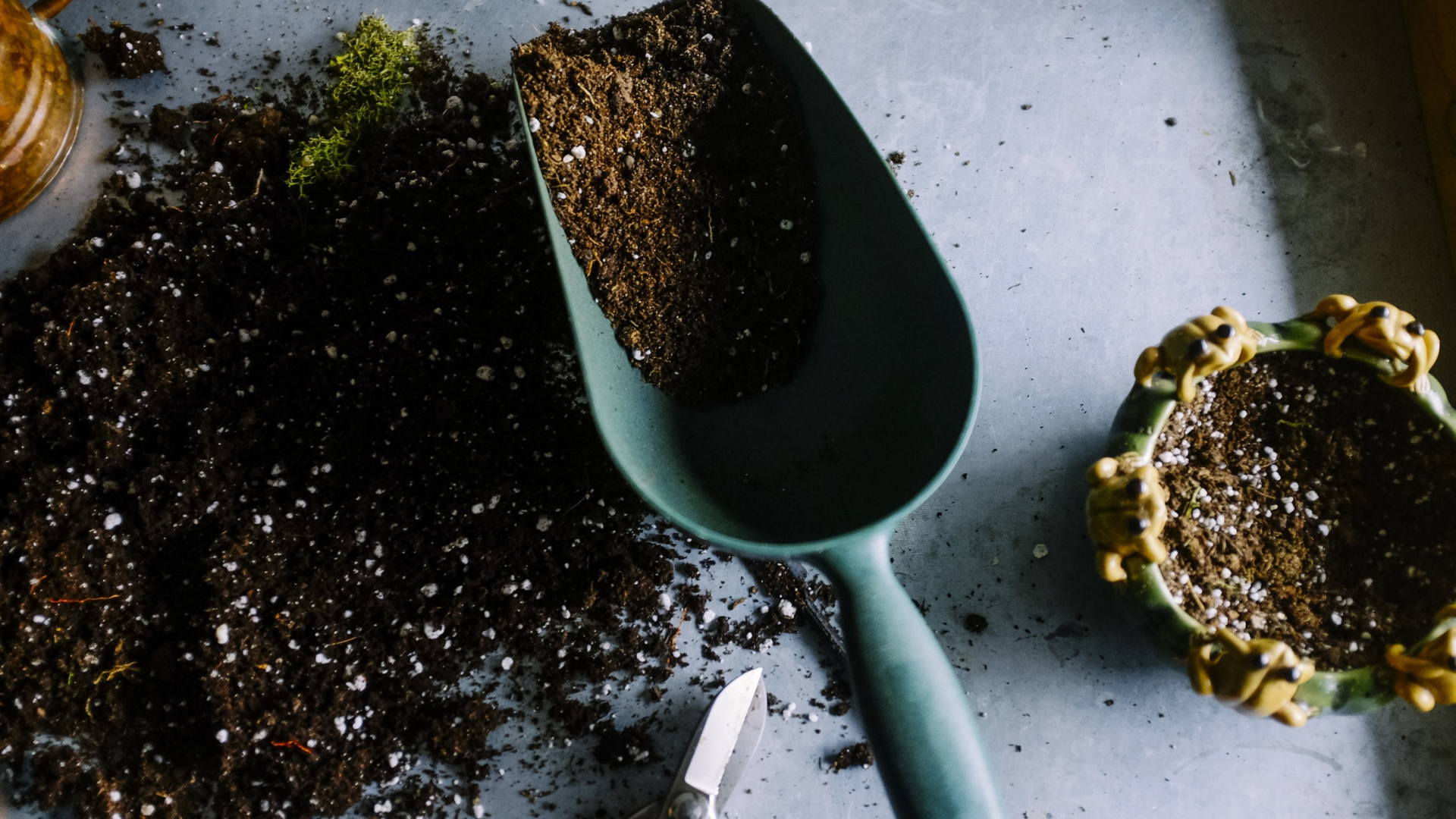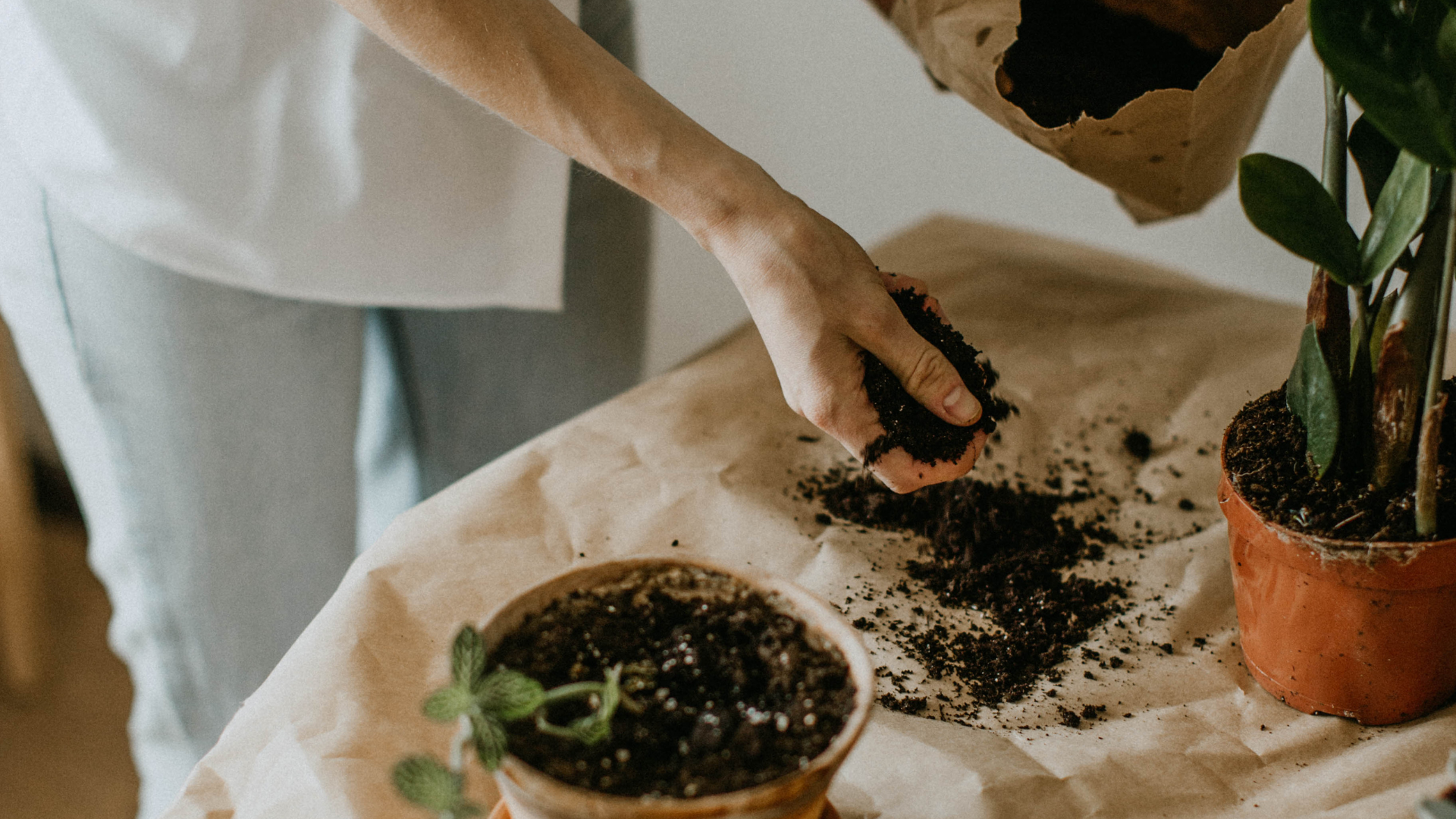Hyderabad: What is soil? When we look at the soil, we feel it as a dead matter. Can you imagine that living organisms are also present inside the soil? Generally, we see that some of the animals reside inside the soil like rats, snakes, rabbits, insects, worms, etc.

However, billions of microbes or microorganisms also reside in the soil. If you take a gram of soil and observe it in a microscope, you can see the soil microbes. Soil is inhabited by microbes such as bacteria, algae, fungi, viruses, protozoa. As compared to other microbes, the bacterial population is more in the soil. Now certain questions come to mind such as why soil is densely populated with these microbes? What is the role of soil microbes? Do soil microbes help or cause harm?

Before discussing the positive side of the soil microbes lets us first understand how this soil is formed. As we all know that soil is formed from the gradual breakdown of rocks. This breakdown can happen by chemical, biological or physical activity.
The biological activity of breakdown involves the growth of microbes on the rocks. Cyanobacteria grow on the rocks, release acids that help to dissolve the minerals available in the rocks. These dissolved minerals are gradually transformed into organic matter. This is how the soil is formed from rocks.

Lets us now understand the role of the microbes in the soil. They increase the fertility of the soil. They fix the nitrogen present in the atmosphere. They can be used as natural fertilizers which in turn increases the productivity of crops.
The waste from animals (excreta, urine), dead animals and plants are slowly decomposed by microorganism. Their growth converts these waste materials into absorbable nutrients. These nutrients when present in the soil increases the fertility of the soil. This fertile soil provides more strength to plants. The plants grown in fertile soil show better yield.
Let us now understand the role of microbes in fixing nitrogen. Nitrogen is the most abundant gas present in the atmosphere. It accounts for 78% of the total gases. Nitrogen is the main constituent of chlorophyll in plants. This pigment (chlorophyll) is essential for plants as it helps to prepare food for them. This process of preparation of food by the plants is called as photosynthesis.

Even though nitrogen is very important, plants cannot make use of atmospheric nitrogen by themselves. How the plants will fulfill their need? Here comes the most essential role played by microbes. Microbes convert nitrogen present in the air into available forms like nitrates, ammonium and urea for plants. This process is called nitrogen fixation.
Also Read: Microorganisms or microbes useful in the food industry
This is carried out by some bacteria present in the soil. Some of the bacteria live in symbiotic association with plants. For example, rhizobium bacteria live symbiotically with legume plants. Here the association between plant and bacteria is beneficial to both. Plants get the nitrogen in fixed form, bacteria get the nutrients from the plant. Some of the bacteria can fix the nitrogen without being associated with the plant. These are the free-living bacteria present in the soil. The example includes some species of cyanobacteria like Anabaena, Nostoc.

If this process of fixation of nitrogen happens continuously in the environment. At some point in time, the nitrogen would be depleted. But the nitrogen is present intact in the atmosphere (i.e. 78%). What is causing this balance of nitrogen gas? Here also microorganisms play a vital role in returning the gas to the atmosphere. How it is done? The nitrates present in the soil are converted into nitrogen and returned back to the atmosphere. This process is called as denitrification. So the overall cycle of fixing (nitrification) and returning back of nitrogen (denitrification) is done by the activity of microorganisms.
The growth of the microbes on the soil not only fixes nitrogen but also increases the water absorption capacity of the plants. Their presence in the soil helps in the better yield of the crops. All these properties make the microbes the best fertilizers as they are biofertilizers and are eco-friendly. Mainly the crops produced from these bio-fertilizers will be free of chemicals and toxins. Usage of the bio-fertilizers should be encouraged. This would decrease the stress on the soil caused by harmful chemicals.
The crop rotation method of farming is known for ages. The basic motive of growing legume crops in between the main crops is that the microbes replenish the used out nutrients back into the soil.
The pleasant smell of the soil, when it gets wet, is also by the presence of the microbes in the soil. The bacteria mainly Nocardia, streptomyces are responsible for this odour of soil.
You can follow Visalakshi on Facebook @visalakshi.arigela, Twitter @VisalakshiArig1
Also Read: Viruses exist as both living and non living, used in vaccine production



